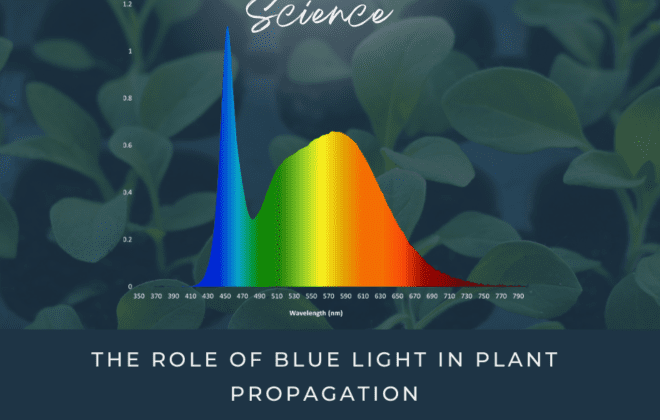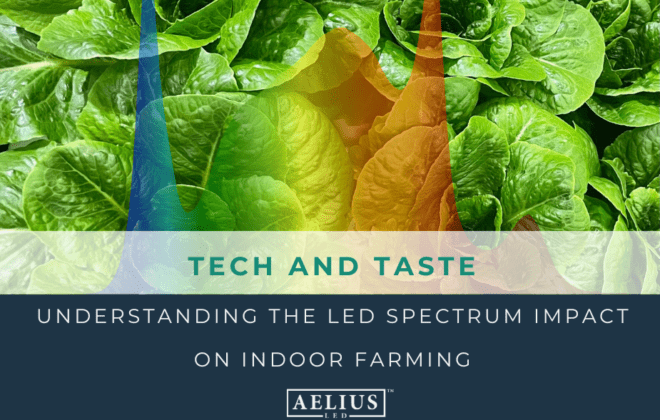Top 5 Reasons Why Growers are Making the Switch from HPS to LED

High-pressure sodium lights (HPS) were the go-to option for indoor environments for close to fifty years. Although there is still a collection of growers committed to HPS lighting, more and more are making the switch to LED.
Why?
It’s about thinking long-term; not just about your crop, but the environment, operational costs, and overall consistency. Growers and business owners are beginning to realize that the low upfront investment really doesn’t save a lot of money, especially when they are converting their passion into a viable business.
Here are a few other things to consider:
Reason No. 1: They don’t really save money (especially when you consider the long term)
Most home growers start off with HPS lights for one main reason; they’re cheap. Or at least they appear to be. There is no question that HPS lights cost significantly less upfront, even a higher-end ballast is a lot less than a comparative LED light. Sounds like a deal, right? That is until you factor in all the additional operational expenses including higher electricity bills, frequent replacements, and maintenance- not to mention unpredictable revenue from crop output. It doesn’t take long for cultivators to realize that the low upfront cost is a bit deceiving.
Reason No. 2: Difficult to Control
High-pressure sodium lights emit a substantial amount of heat. This can make it extremely challenging to control the greenhouse environment and maintain a consistent rate of growth. Although growers could try to mitigate this with their HVAC system, it is hard to maintain a stable temperature across the entire growing environment. The end result is that some areas of the plants will have hot spots, risking burned leaves and heat stress, and others may not have enough heat for proper growth. But that’s not all, the energy required to keep the environment cool in the hot summer and spring days can be extremely taxing and lead to an increased risk of losing your crop.
Reason No. 3: Inefficient-Energy Zappers
These days where sustainability and reducing carbon footprint is a priority, most growers are looking for solutions that are sustainable for both the environment and the pocketbook. As you likely know, HPS lighting has a significant carbon footprint. When growers invest in HPS lighting, a substantial amount of their electricity bill, usually more than 35% will be allocated towards lighting. This is partially because the lumen level in HPS lighting declines rapidly, with the average light declining 5% per year. This five percent has a direct impact on yield and often results in higher energy bills as the cultivator attempts to compensate for the lower output.
The average grower can expect to replace their HPS lights every 5000 hours to ensure consistent harvest and energy consumption. On the flip side, LED lights tend to be a bit more stable, with an expected decline of slightly over 10% in 36,000 operating hours (approximately five years).
Reason No. 4: Additional Equipment
There is no doubt when working with HPS lighting that you will need a catered environment to achieve optimal results. While this is true of all lighting types, the extent of additional infrastructure varies dramatically based on lighting choice. With HPS you are essentially working against your natural environment by pumping in heat you then need additional equipment to remove. The demand is high for cooling, ventilation, and airflow when using HPS and will often lead to the purchase of more expensive environmental monitoring equipment in the future.
Reason No. 5: Inconsistent Light and Heat Levels
HPS lights are both a source of light and heat. This can make it extremely challenging to control the greenhouse environment, with some plants growing under a hot spot and other leaves running cool. When using HPS lights, the grower needs to ensure that the crop is far enough away from the light canopy to reduce the risk of damage. In addition, the light spread in HPS lighting, especially the entry-level models, may not provide uniform coverage. Lights placed too close can create hotspots and burn the plants, too close and your plants could be starved for light resulting in straggly, tall plants. Conversely, LEDs provide a predictable output throughout the environment making it easier to control both the heat and lumen levels.
If you’re not ready to take the plunge, why not consider a trial that incorporates both HPS and LED lighting? By using both styles, you can truly identify the difference and best option for your environment. You can save on large upfront costs by only converting a portion of your lights to LEDs and watch first-hand how your plant responds to both lighting types.




